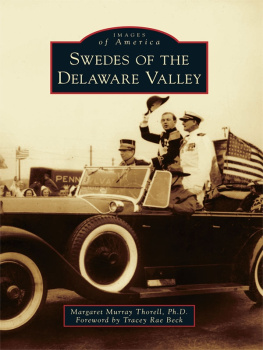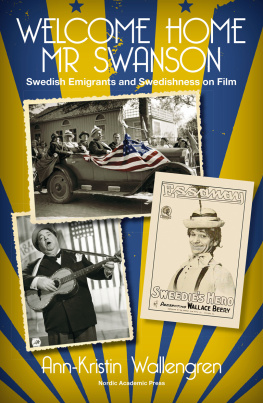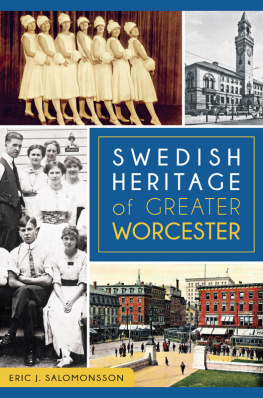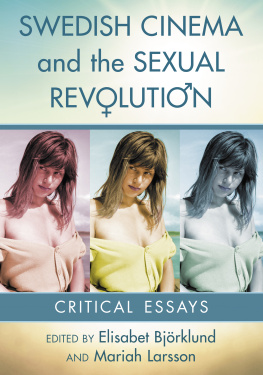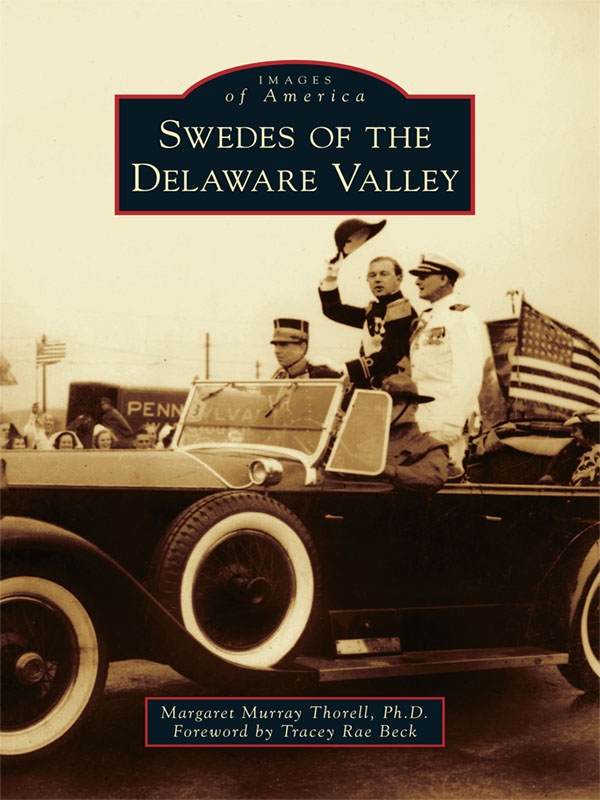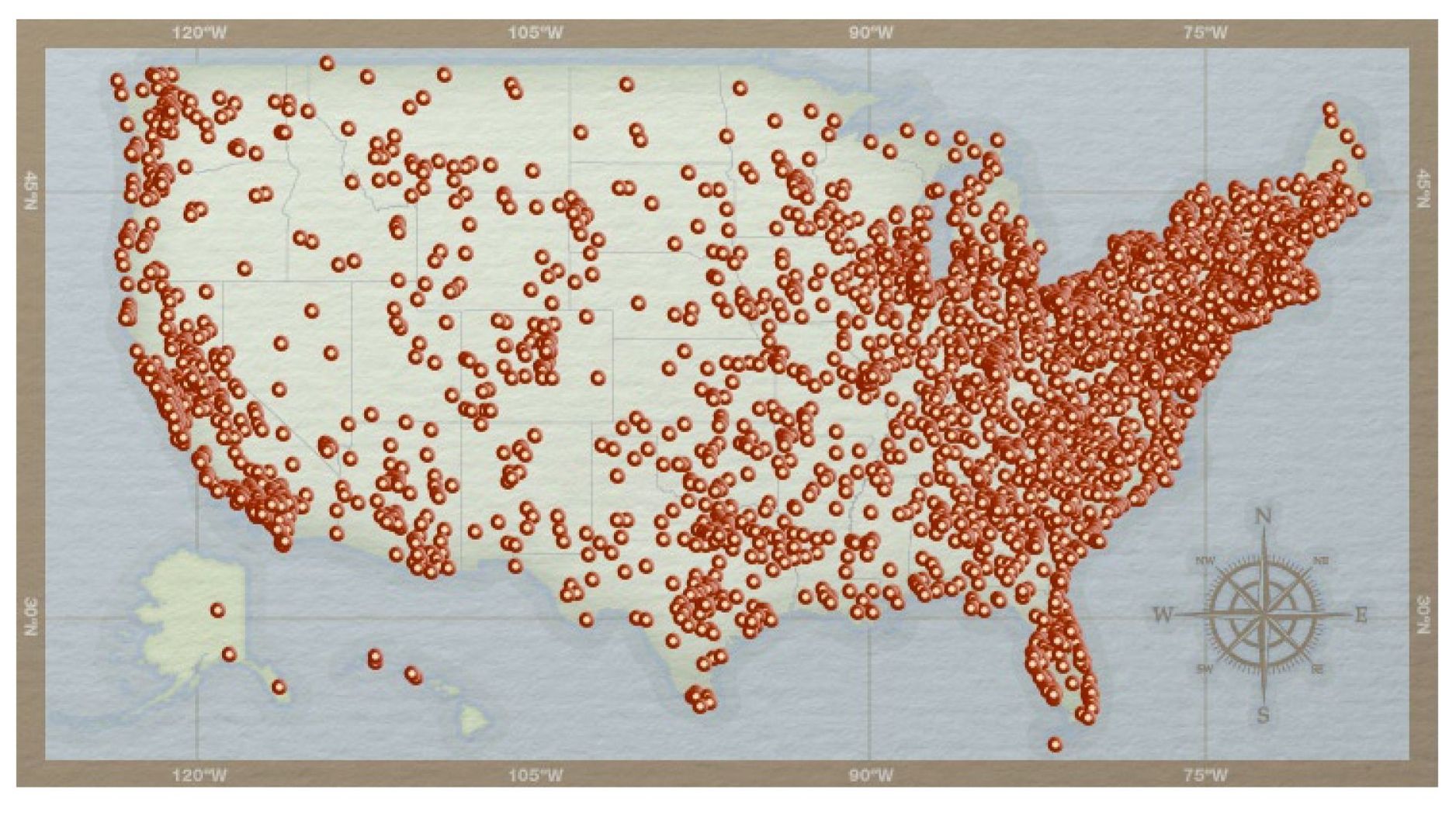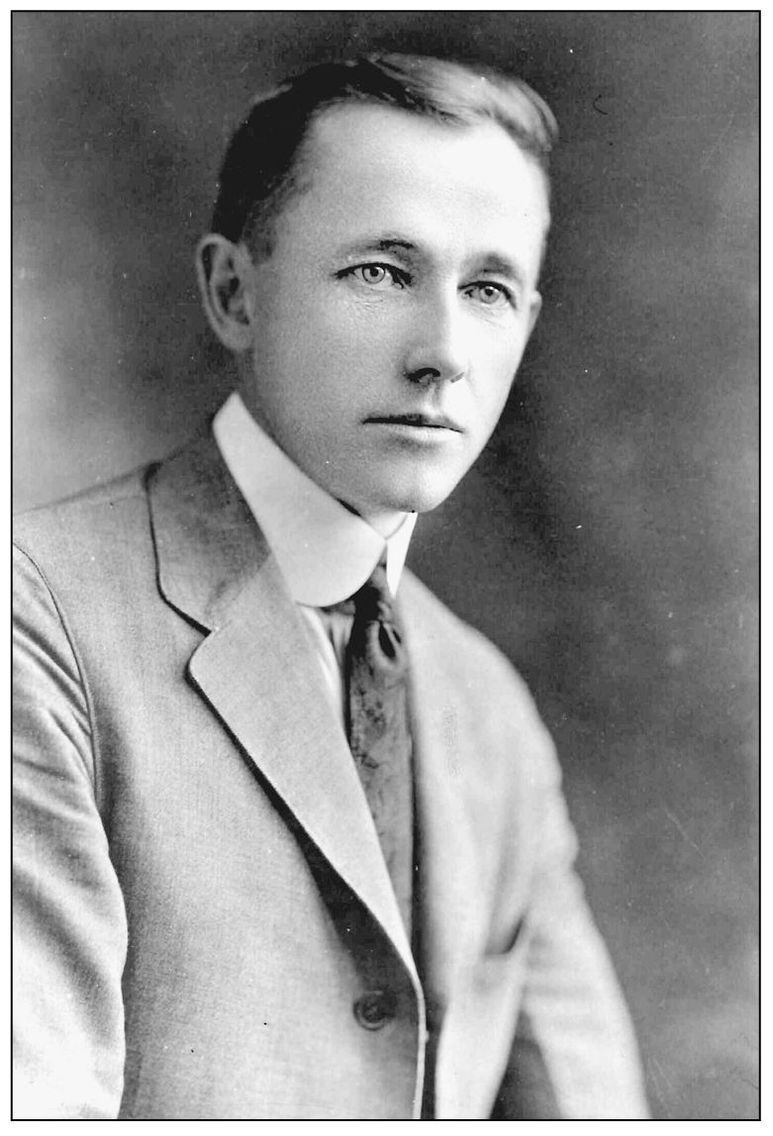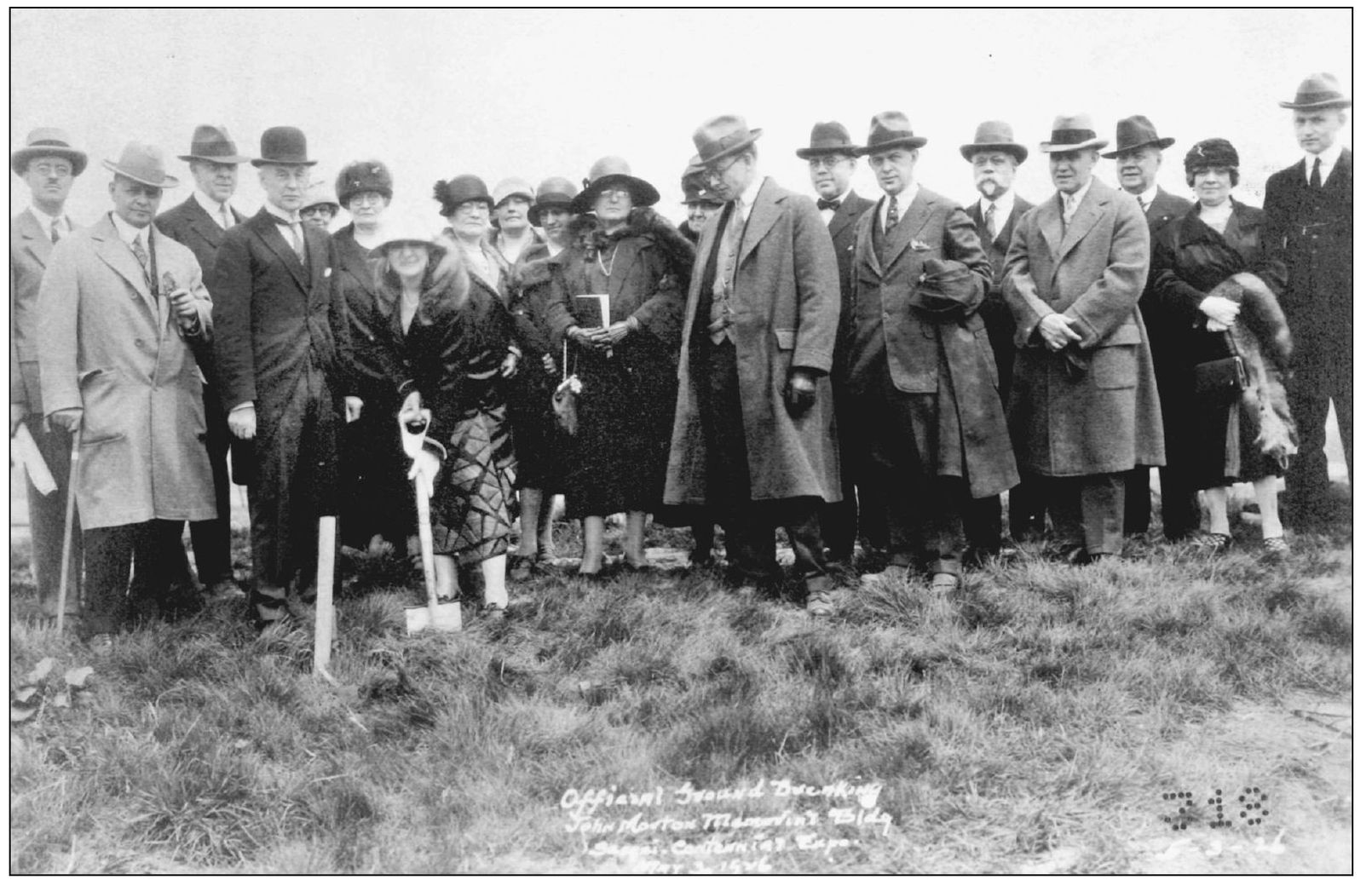ACKNOWLEDGEMENTS
The American Swedish Historical Museum has, from its beginning, been a repository for Swedish culture in the Delaware Valley and the United States. It is the oldest museum in the country dedicated to things Swedish. The museums library, archives, photograph collection, and databases have contributed significantly to this book. I wish to thank the staff and other members of the museum, without whom this book would not have been possible. I especially wish to thank both Tracey Rae Beck, executive director, and Carrie Hogan, curator, for their help and support.
However, others contributed as well. I am particularly grateful to Grace Conran, president, board of directors, Friends of the Swedish Cabin, Delaware County. Grace was the first to open up her treasure trove of artifacts for my inspection, read portions of the book, and provide feedback. I also want to thank Thomas R. Smith for his help and historical information. Many others deserve recognition: Theresa R. Stuhlman (preservation and development administrator), Fairmount Park Historic Resources Archive; Kalmar Nyckel Foundation; Karen Lightner (curator and art department head); Aurora Deshauteurs (Print and Picture Collection curator) and Ted Cavanagh (Print and Picture Collection), Free Library of Philadelphia; Joel Frye (curator), Bartrams Garden; Jim Yurasek (press contact and information lead), Delaware Division of Historical and Cultural Affairs; Rebecca L. Wilson, Old Swedes Foundation; Josh Brown, The Historic Elk Landing Foundation, Inc.; Greta Greenberger (director), City Hall Tours; Lee Arnold and Elsa Varela, Pennsylvania Historical Society; Deb Boyer (project manager), Azavea and Philly History.org ; Brenda Galloway-Wright (associate archivist) and Ann Mosher (bibliographic assistant), Urban Archives, Samuel L. Paley Library, Temple University; Ellen Rendle (curator of images), Delaware Historical Society; Kristina ODoherty; and Goren Buckhorn.
I would be remiss if I did not acknowledge Elizabeth Farmer Jarvis, author of Chestnut Hill and Chestnut Hill Revisited , who offered excellent advice when I needed it most. I especially want to thank my proofreader, Jay Makary. In addition, I received great help from my publisher at Arcadia Publishing, Erin L. Vosgien, who provided support and information at crucial moments.
I especially wish to thank Rev. Dr. Kim-Erik Williams, Margaret Sooy Bridwell, and Ronald A. Hendrickson, Esq., from the Swedish Colonial Society, and especially the Nordiska Museet in Stockholm, Sweden.
Finally, my husband, Klaus Krippendorff, Ph.D, deserves many thanks for not only lending his support throughout this project, but also for taking many of the photographs that appear within.
Find more books like this at
www.imagesofamerica.com
Search for your hometown history, your old
stomping grounds, and even your favorite sports team.
One
AMERICAN SWEDISH HISTORICAL MUSEUM
The American Swedish Historical Museum in South Philadelphia is the oldest Swedish museum in the United States. The museum was founded in 1926, when its cornerstone was laid by Swedens crown prince and future king Gustaf VI Adolf. At that time, noted scholar Amandus Johnson was elected president.
On June 28, 1938, the formal dedication of the museum building took place. The event was coordinated with the 300th anniversary of the Swedish arrival at Fort Christina. Swedens Prince Bertil and Crown Princess Louise made up the royal party that dedicated the museum.
The buildings design was based on a 17th-century manor house in Sdermanland, Sweden, and was designed by architect John Nydn, a Chicago-based Swedish American. The exterior is also modeled on Mount Vernon.
The museum has been dedicated to preserving and promoting Swedish and Swedish American cultural heritage and traditions for nearly 80 years. It is a place where Swedes, Swedish Americans, and people of all nationalities who appreciate Swedish contributions to history, art, architecture, music, science, and technology can come together.
The museum is located in Franklin Delano Roosevelt (FDR) Park in South Philadelphia on land that was granted originally to the 17th-century settlers by Queen Christina. The museum today consists of 12 permanent galleries, one changing exhibition gallery, and a library. Many activities and celebrations have taken place on the grounds and in the museum over the years.
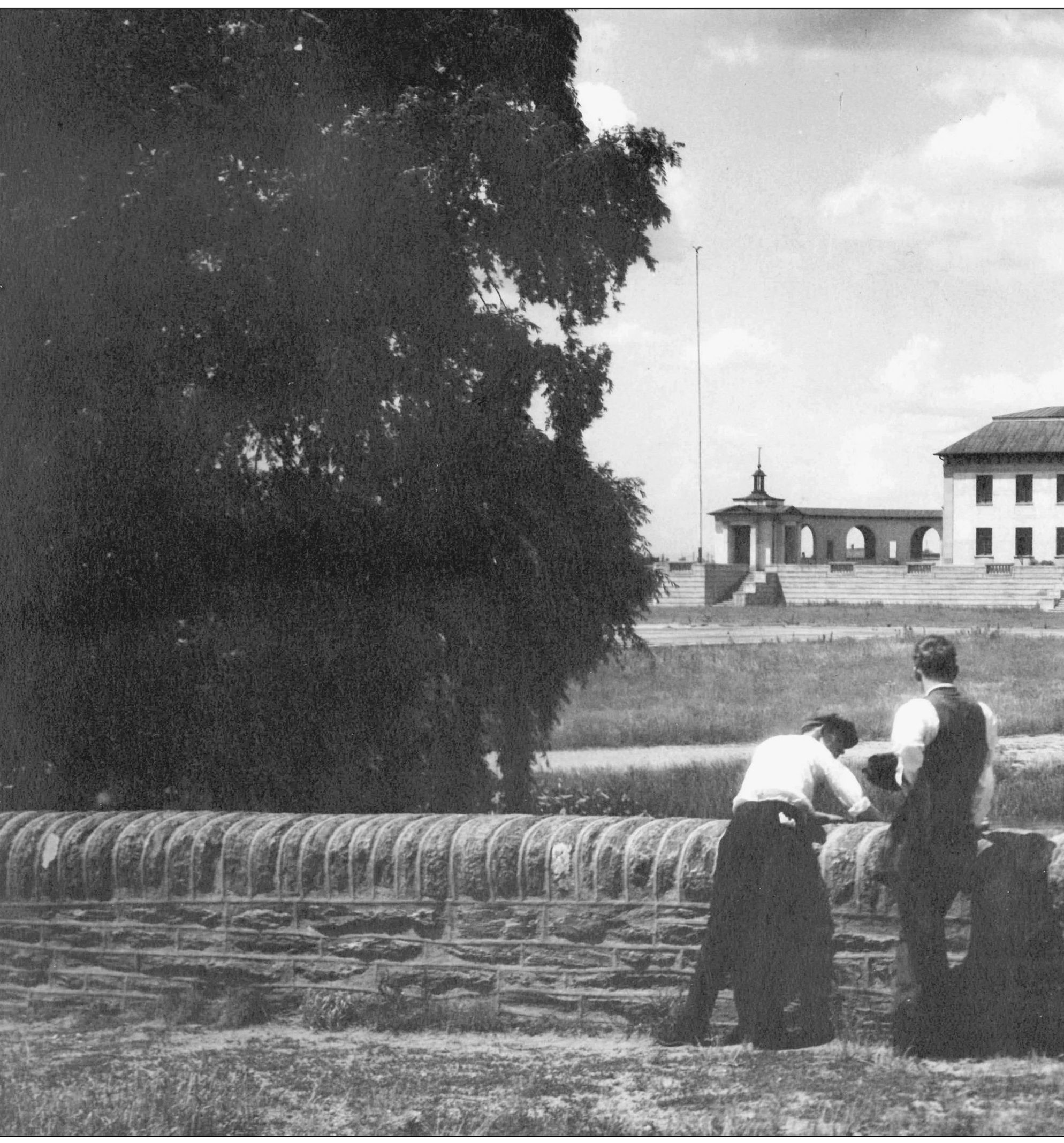
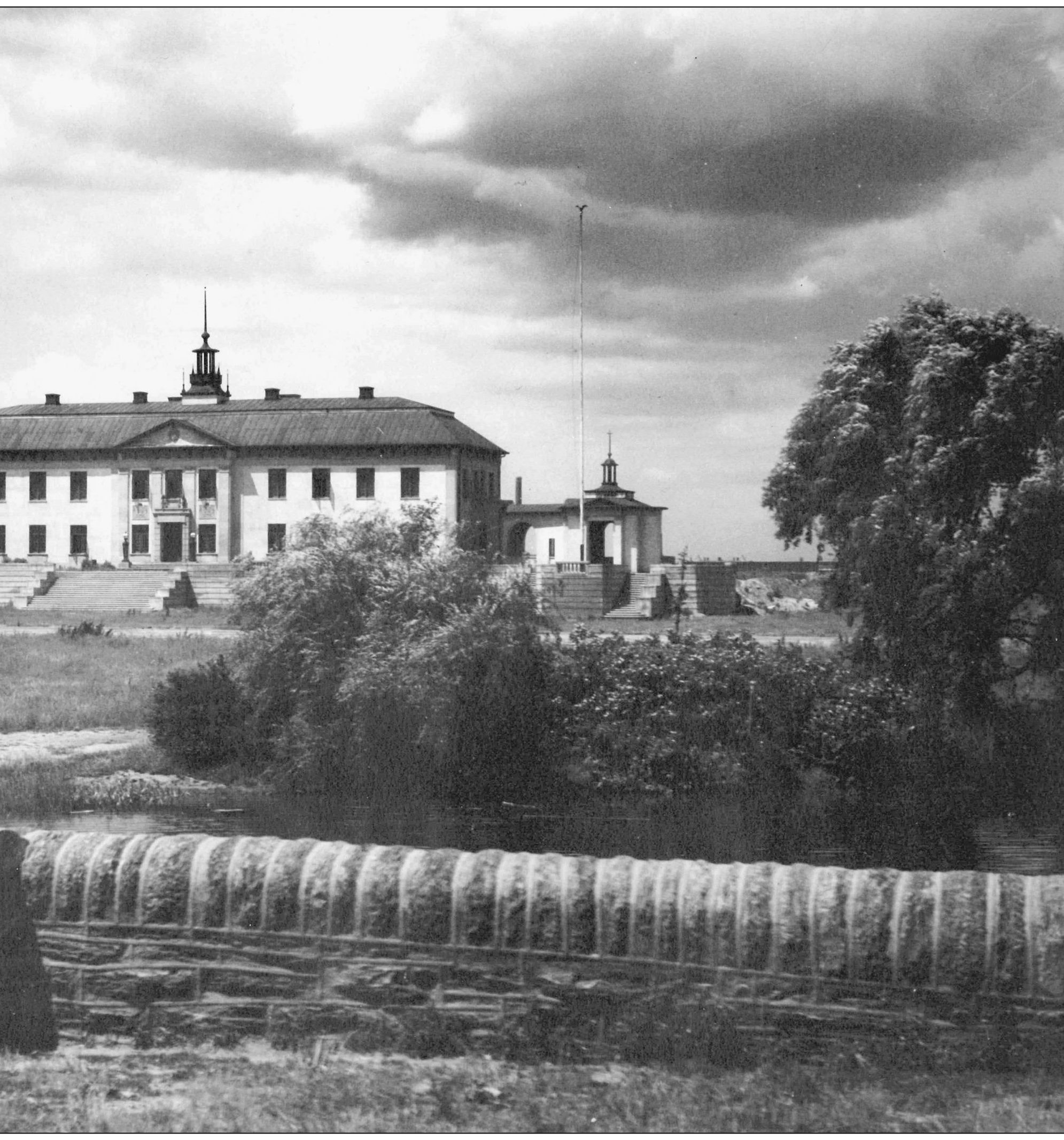
This undated photograph (around 1930) of the American Swedish Historical Museum was reputedly taken by the noted historian and scholar Amandus Johnson, founder of the museum, which is the oldest Swedish museum in the country. The image shows the grounds of a virtually uninhabited FDR Park. Originally called League Island Park, FDR Park was created in 1914 by the Olmstead brothers. Some 300 acres of marsh were filled and regraded. This process was considered one of the more remarkable works of land reclamation of its day. In 1926, the park hosted the national Sesqui-Centennial International Exposition, a celebration of the nations 150th birthday. On June 2, 1926, Swedens crown prince and future king Gustaf VI Adolf placed the museums cornerstone. The formal public dedication of the museum took place 12 years later. This event was set to coordinate with the 300th anniversary of the Swedish arrival on the Delaware shores. The parks boathouse, gazebo, and the museum are lasting reminders of the exposition. (Courtesy of the American Swedish Historical Museum.)
This portrait of Amandus Johnson (18771974) was taken in the 1930s, when he was studying for his doctorate at the University of Pennsylvania. He was born in Lngasj, Sweden, a small village located in Kalmar County in the province of Smland. He was three years old when his family settled in Minnesota. He attended Gustavus Adolphus College in Minnesota and eventually came to Philadelphia to pursue his graduate studies. Dr. Johnson was a very influential member of the Swedish American community in the Delaware Valley. (Courtesy of the American Swedish Historical Museum.)
In this photograph dated April 4, 1926, dignitaries from Pennsylvania and the American Swedish Historical Museum participated in the official ground-breaking ceremony of the museum, which was initially called the John HansonJohn Morton Memorial Building. This name was eventually changed. Celebrations were led by the wife of W. Freeland Kendrick, who served as mayor of Philadelphia from 1924 to 1928. (Courtesy of the American Swedish Historical Museum.)

